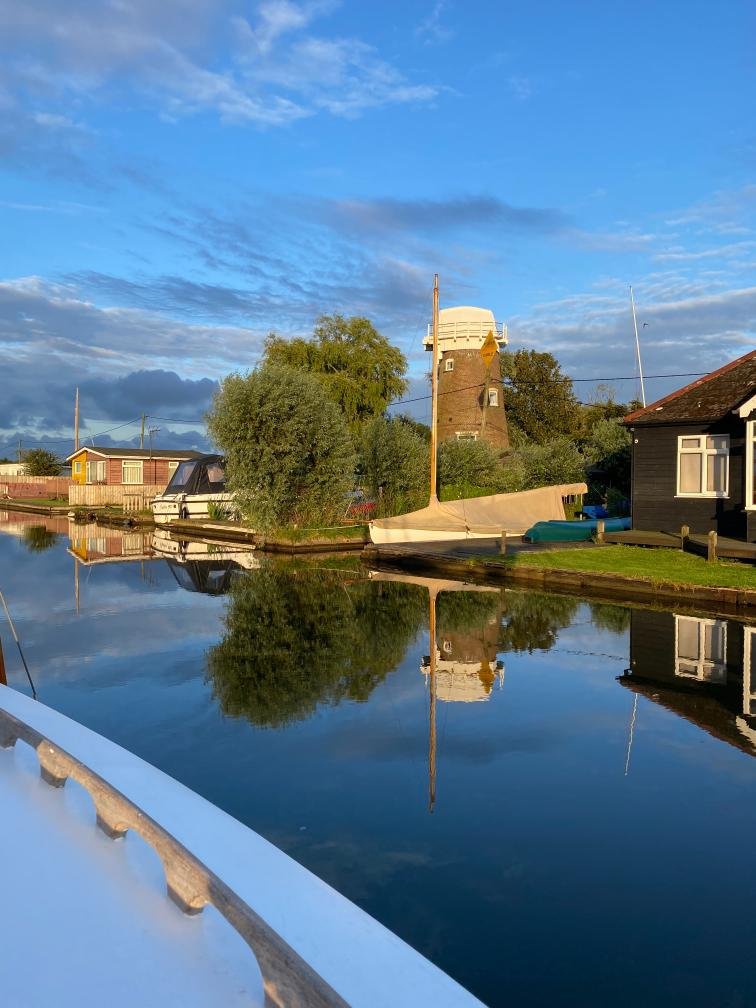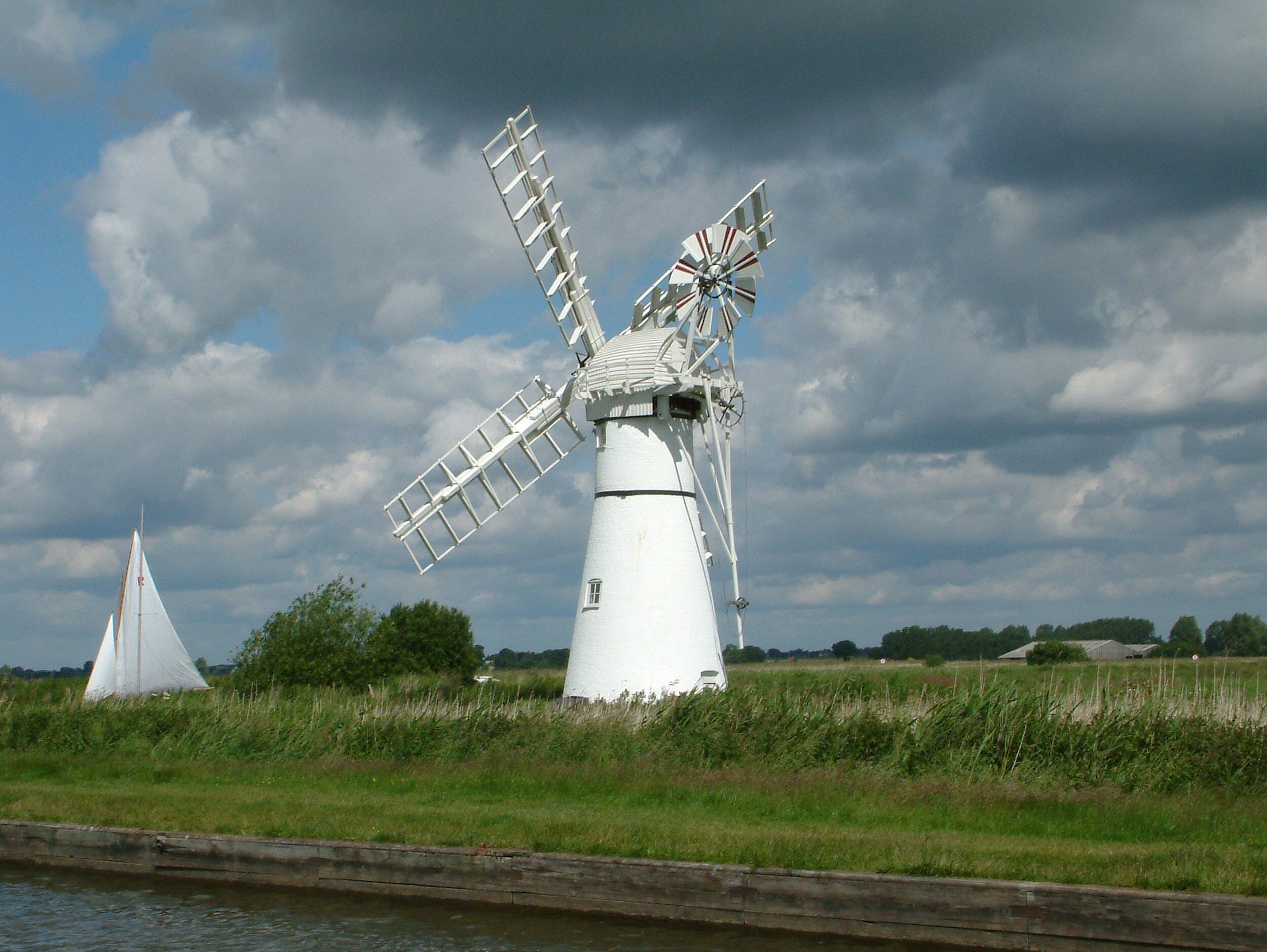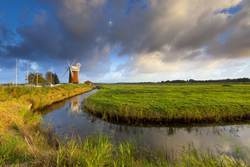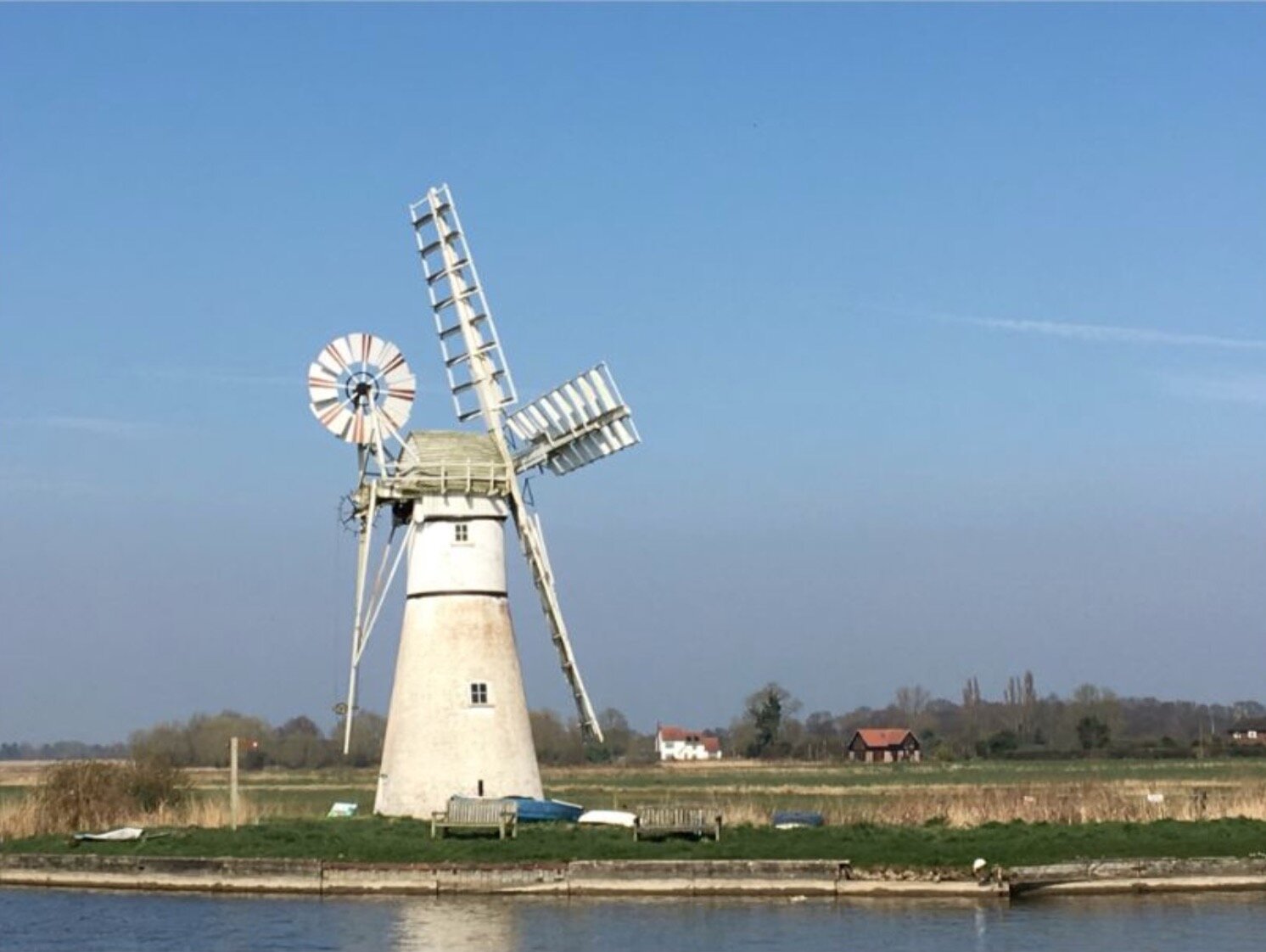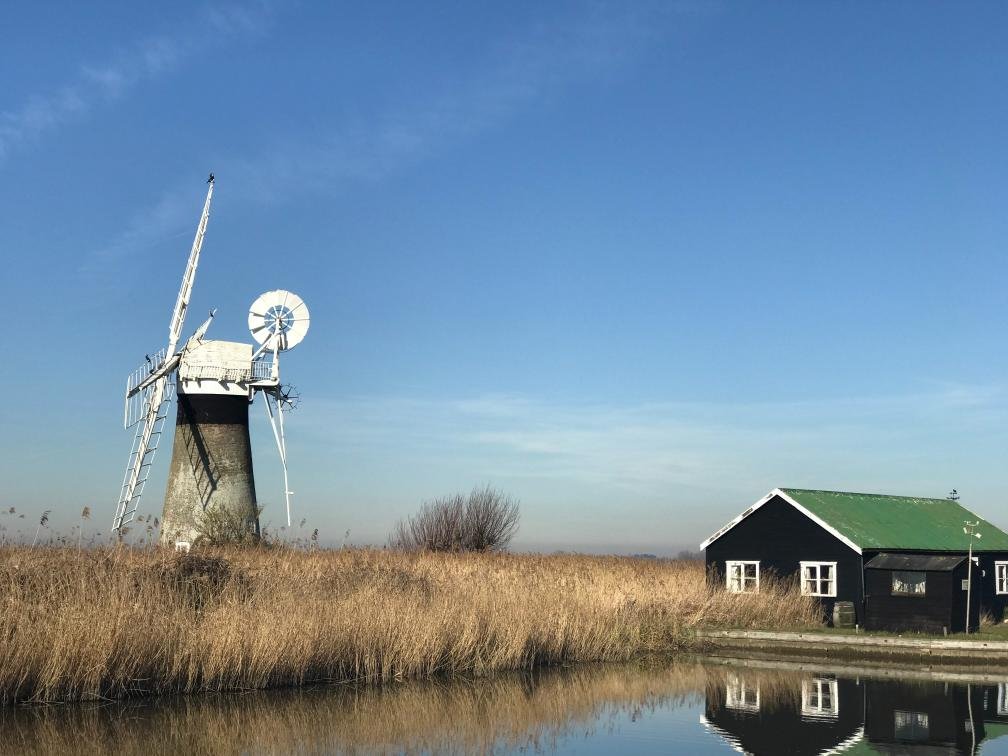Tips for sailing on the Norfolk Broads
by Nick Highton - Senior Instructor
1. DO NOT PINCH
As with most yachts, Norfolk Broad Sailing Cruisers have a tendency to slip sideways until their speed builds when going up wind, particularly as they are restricted in the length of keel due to the shallow waters, so it’s worth bearing off a little to build the speed coming out of a tack. Once you have gained some boat speed, and the keel begins to work effectively you can then point up. This means keeping the sails eased a little out of a tack to build the speed, sheeting in those last few inches once you’ve got the foils working. Similarly, if you want to squeeze past an obstruction, it helps to keep the boat speed up until the last minute. If you pinch from the start and loose way, you’ll drift sideways and find that you won’t have enough way to clear the obstruction.
2. LEE BANK EFFECT
The natural tendency when tacking up the river is to put the helm down as you approach the leeward riverbank. However you can generally hang on much longer than you think and tack later, due to the ‘lee bank effect’ particularly when approaching the bank at a shallower angle. As the yacht approaches the reeds, slowly head up a few degrees. The interface between reeds and river creates a lift - just enough to keep the boat clear of the bank. Additionally the yachts keel and riverbank compress the water, giving the boat some lift away from the bank, maintain the yacht in this zone for as long as possible before gently tacking away.
3. WEATHER BANK EFFECT
Wind crossing a river bank has a tendency to do so at right angles if it can, this means it is possible get a lift if you hug the windward shore of the river in the right conditions. This only works if the wind is blowing across the river at quite an angle giving you a long and short tack. As the breeze blows over the windward shore, its angle will change giving you a header as you approach the windward bank. Therefore as you are headed, tack slowly into this zone close to the bank, try to keep the yacht in this advantageous wind angle for as long as possible.
4. CURRENT
Water flows faster around the outside of the bends, this means that if you’re beating against the tide, there will always be less current on the inside of the bend and possibly an eddy approaching the very inside of a sharp bend. Caution, due to the slower flowing water on the inside of the bend it may be shallow. Equally, if you’ve got the current with you, stick to the outside of the bends. The tide scours the outside of a bend too, so you can expect to find more water there.
5. WIND SHADOW
Small obstructions - usually the best results are obtained by passing close to single buildings and trees, as these create a narrow wind shadow that spreads out downwind of the obstruction, so you pass through reduced pressure area faster.
Larger obstructions - collections of trees or houses will obviously cast a bigger shadow, these are always more difficult to negotiate, but passing about two-thirds of to leeward across the river usually gives the best outcome. This will keep you as far way from the upwind obstruction as possible whilst minimising any disturbed air reflecting off the lee bank, into the lower half of the rig causing back-winding.
6. SLOW TACKS
When possible tack very slowly and gently - this has two advantages. Firstly you make more ground to weather in each tack and get any advantage from the ‘lee bank effect’ as mentioned above, and secondly you reduce the drag from the reduced rudder angle.
7. RIG SETTINGS
A high-aspect-ratio rig works extremely well on the Broads, as much of the sail area is high up and clear of obstructions. That’s why Bright Spark, with her gaff rig and integral topsail, is so effective on the river. With no boom vang the rig naturally twists in order to keep the sails driving in light airs. In medium to strong airs it also helps, as the change in apparent wind angle higher up is exaggerated due to the low down slowing effect of the surrounding banks and reeds. Keep looking up at the sail and burgee, the wind on the water is often quite different to that found at the masthead.
8. USING THE WIND BEND
One of the most unusual aspects of sailing on the Boards, both beating up river and running downwind, is the winds tendency to follow the course of the river. Just as you think that the bend ahead will let allow you ease the sheets and reach off the wind bends along the river and you end tacking all the way. However you can use this to your advantage, by anticipating the shifts and sailing up the inside of each bend, and thus wind shift. Conversely downwind sailing nearly always becomes a run.

